In January, Herzog & de Meuron unveiled a new website that makes perusing the firm’s vast body of work a pleasure. Starting with an attic conversion in 1978, each of its 594 jobs is represented by a thumbnail on the website’s Projects page, which offers a variety of ways to search and filter. Click on “U.S.” as the location and 52 thumbnails remain on screen. Then choose the status “realised” and 30 of the 52 disappear. A search for “Ascan Mergenthaler,” a partner at the firm since 2004, reduces the 594 projects to 70. They include the de Young Museum in San Francisco (2005), the Parrish Art Museum on Long Island (2012), and the restoration of the Park Avenue Armory in Manhattan (2016)— three of many commissions on which he was the partner-in-charge. Mergenthaler’s latest is Powerhouse Arts, which opened in May in the former Brooklyn Rapid Transit Company’s central power station in the rapidly gentrifying Gowanus neighborhood.
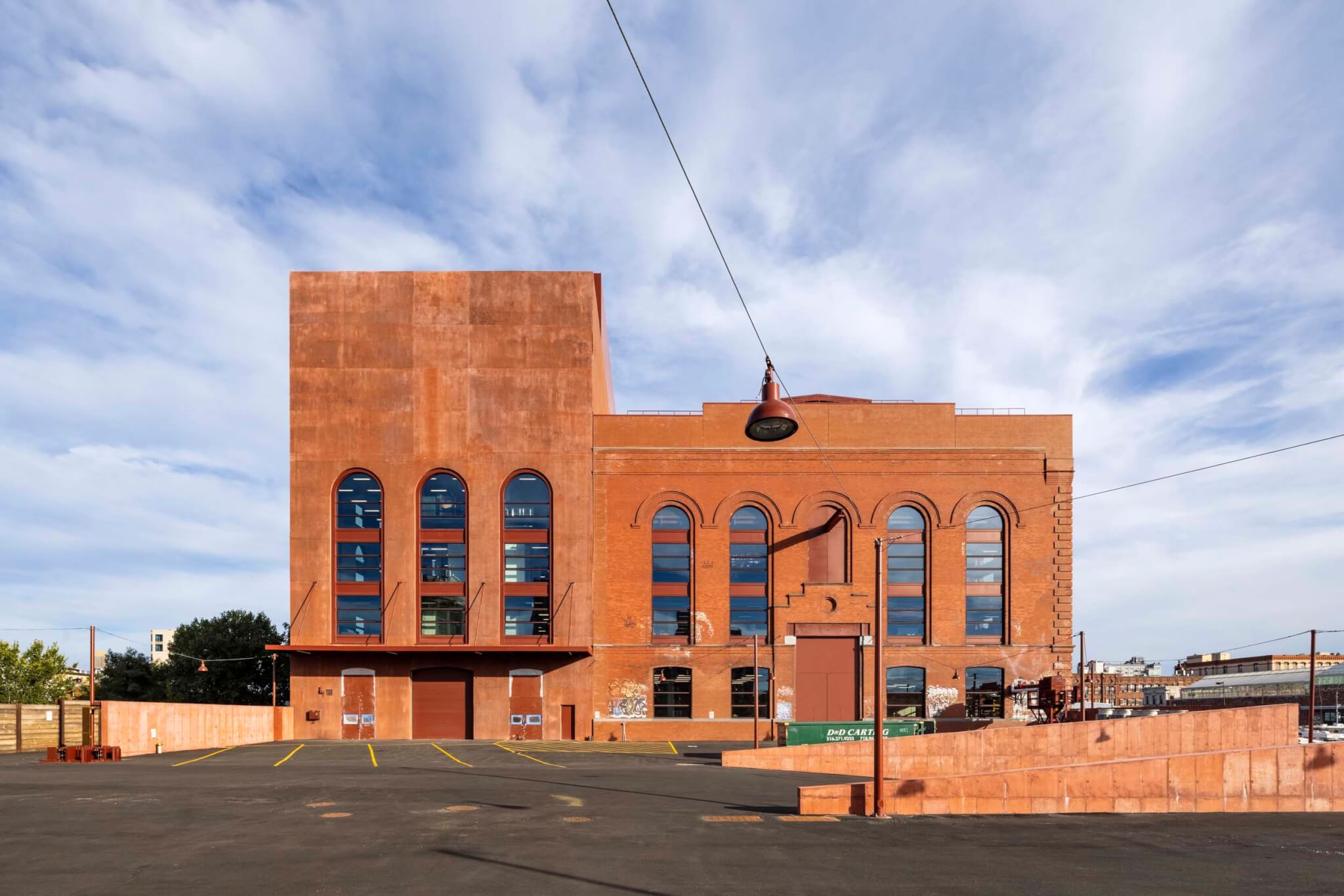
The nonprofit Powerhouse Arts offers low-cost fabrication services and access for experienced ceramic artists to join the Community Ceramic Studio as resources for those who might otherwise be priced out of the neighborhood. Its 170,000-square-foot red brick building was, until recently, home to squatters and a lure for graffiti artists. Could anyone have been more qualified than Mergenthaler to turn this industrial relic into a rough-and-ready hub of creativity? At the de Young, Mergenthaler showed how formally inventive he could be; at the Parrish, he showed how much beauty he could wrest from industrial materials (after the museum cut its budget by 60 percent post-2008); and at the Armory, he demonstrated his light touch with some of the most beautifully decorated interiors in the city
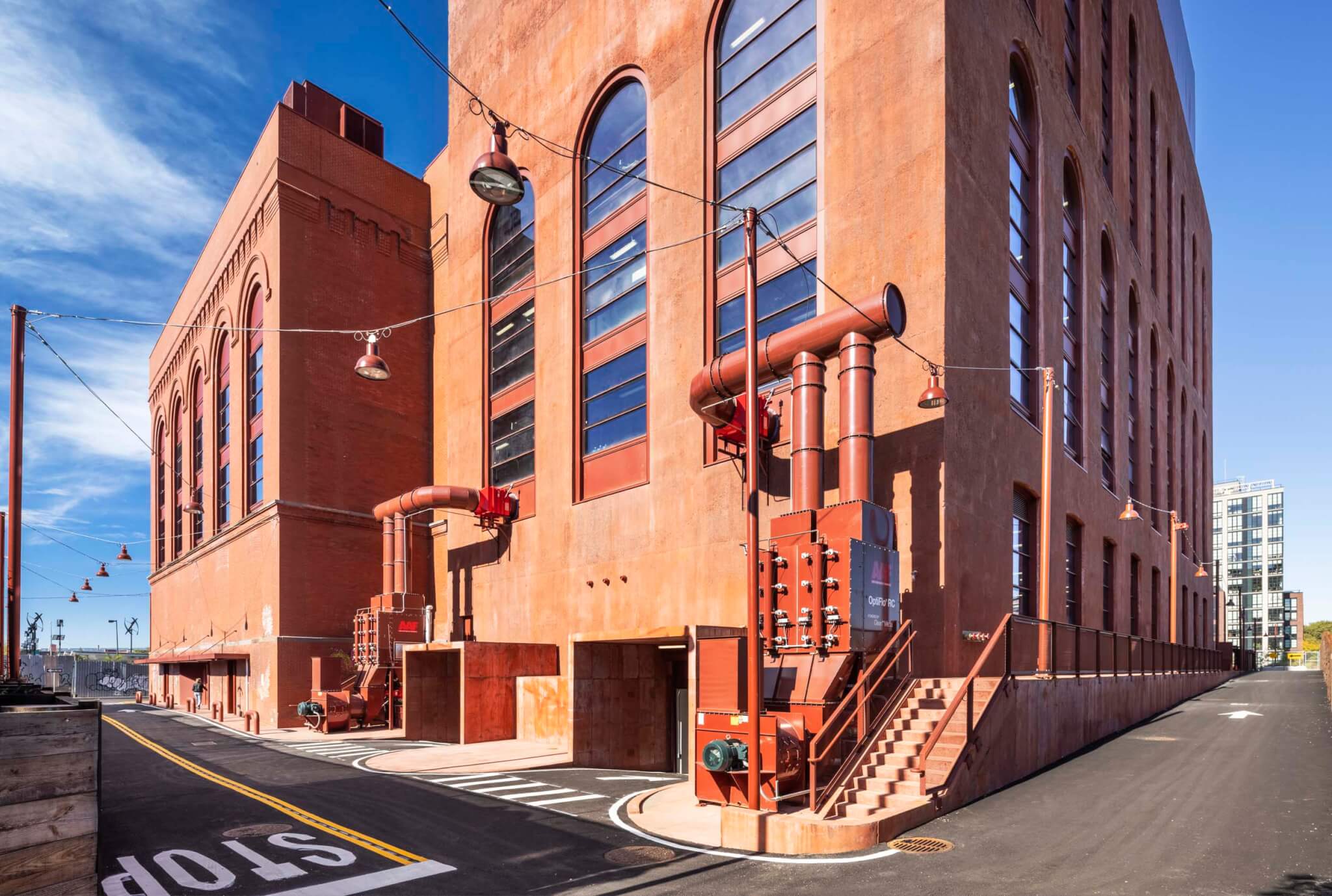
The 1904 power station consisted of a red brick turbine hall, covering about half an acre, with huge arched windows. The adjacent boiler house, a taller and narrower structure, was demolished after the facility was decommissioned in the 1950s. The firm designed a new six-story annex in the footprint of the boiler house and filled it with studios and fabrication shops for ceramics, printmaking, public-art construction, metalworking, and woodworking. The rooms are spacious, well lit, and well ventilated. There are no finished ceilings, so exposed ductwork and conduits emerge as design elements. From the inside, the building is a natural extension of the turbine hall—the connections are practically seamless. From the outside, the annex also looks, at least from a distance, like part of the old building: Its walls, cast in concrete, are precisely the color of the turbine hall’s bricks.
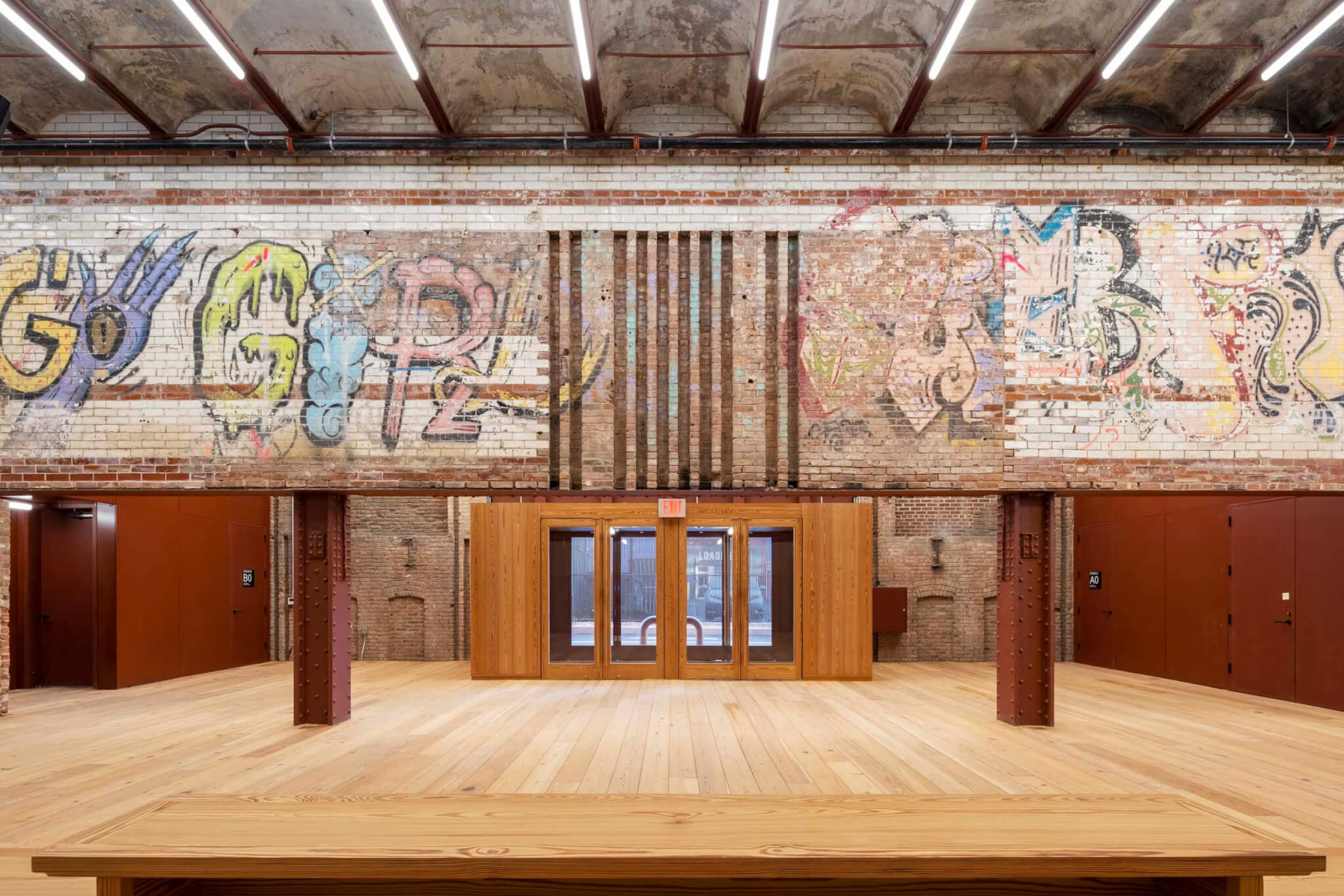

The showpiece—Herzog & Meuron’s reinvented turbine hall interior—is nearly perfect, with echoes of the much larger turbine hall in London that it transformed into the Tate Modern a quarter century ago. (While the Basel, Switzerland–based practice now has an office in New York, PBDW Architects was the architect of record for this project.) The interior walls of the Brooklyn structure were covered in the same kind of Pop-art graffiti that once graced New York City’s subway cars. Mergenthaler said his rules for the graffiti were simple: “If something needed to be repaired, we repaired it. If something needed to be cleaned, we cleaned it. And then we stopped.” (Cleaning softened some of the paint colors just a bit.) In fact, very little of the old interior remains. The architects removed everything within the shell of the building, then filled it with a big new concrete box containing a below-grade parking garage and two floors of offices, classrooms, and support facilities. The process was reminiscent of another project headed by Mergenthaler: the Elbphilharmonie in Hamburg, Germany, in which the shell of an old brick warehouse building was emptied out and then fitted with a new concrete parking garage. But in Brooklyn, unlike Hamburg, there is no concert hall on top of the old building. Here, the roof of the concrete box serves as the floor of a very big room suitable for art shows, performances, and parties. (An early test came with a benefit for Open House New York last month.) That room, with a narrow mezzanine at its perimeter, clerestory windows, and a roof supported by a filigree of steel, resembles the drill hall of the armory on the Upper East Side of Manhattan, though it’s about a third the size.
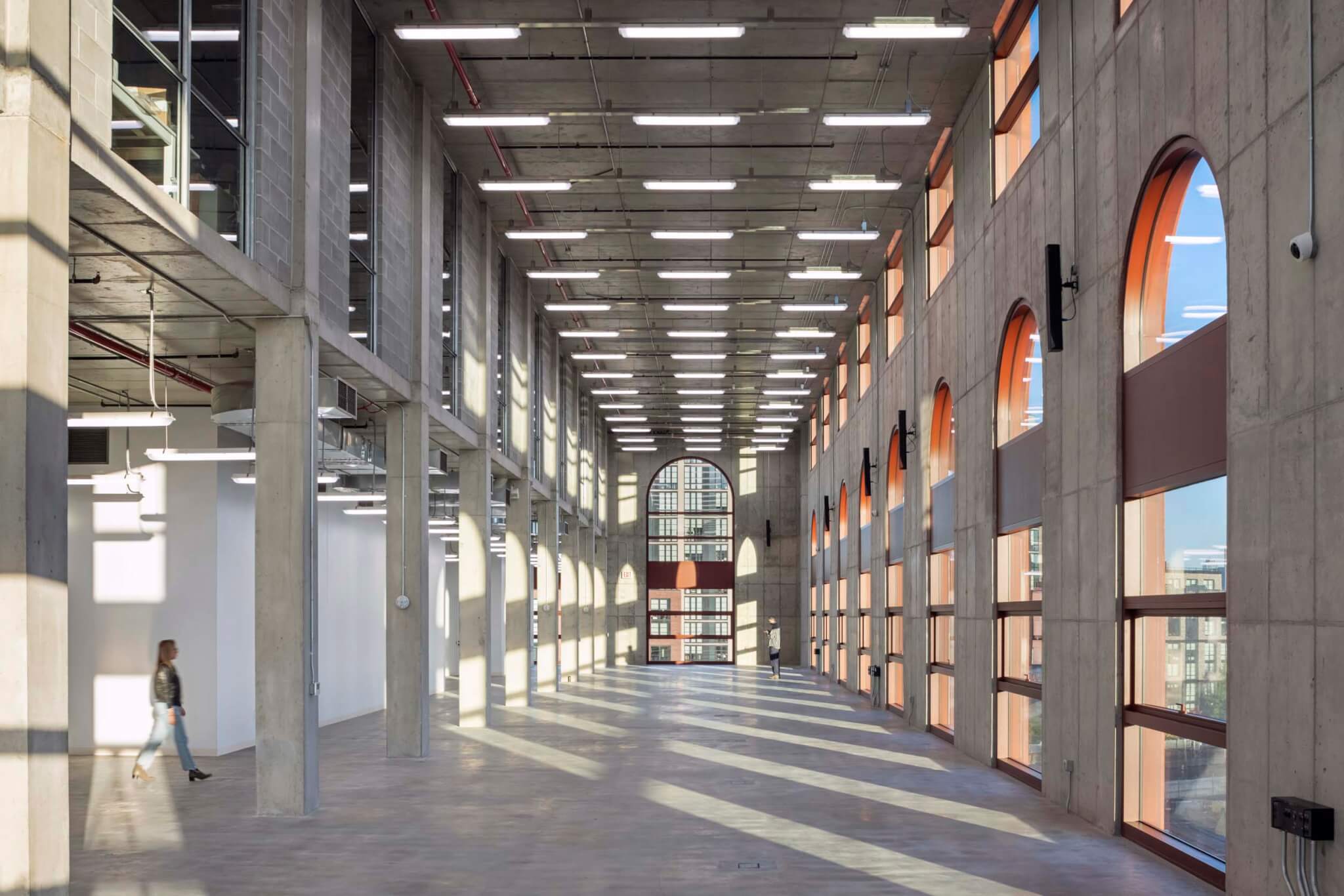
Herzog & de Meuron’s other major intervention was to create a new entry and lobby at the east end of the building, complete with a handsomely utilitarian stairway and lots of exposed structural steel. All the metal is painted the color of primer, suggesting a work in progress—perfect for a center of artistic exploration. (The color is very close to Frank Lloyd Wright’s Cherokee Red and also to the color of the building’s brickwork.)
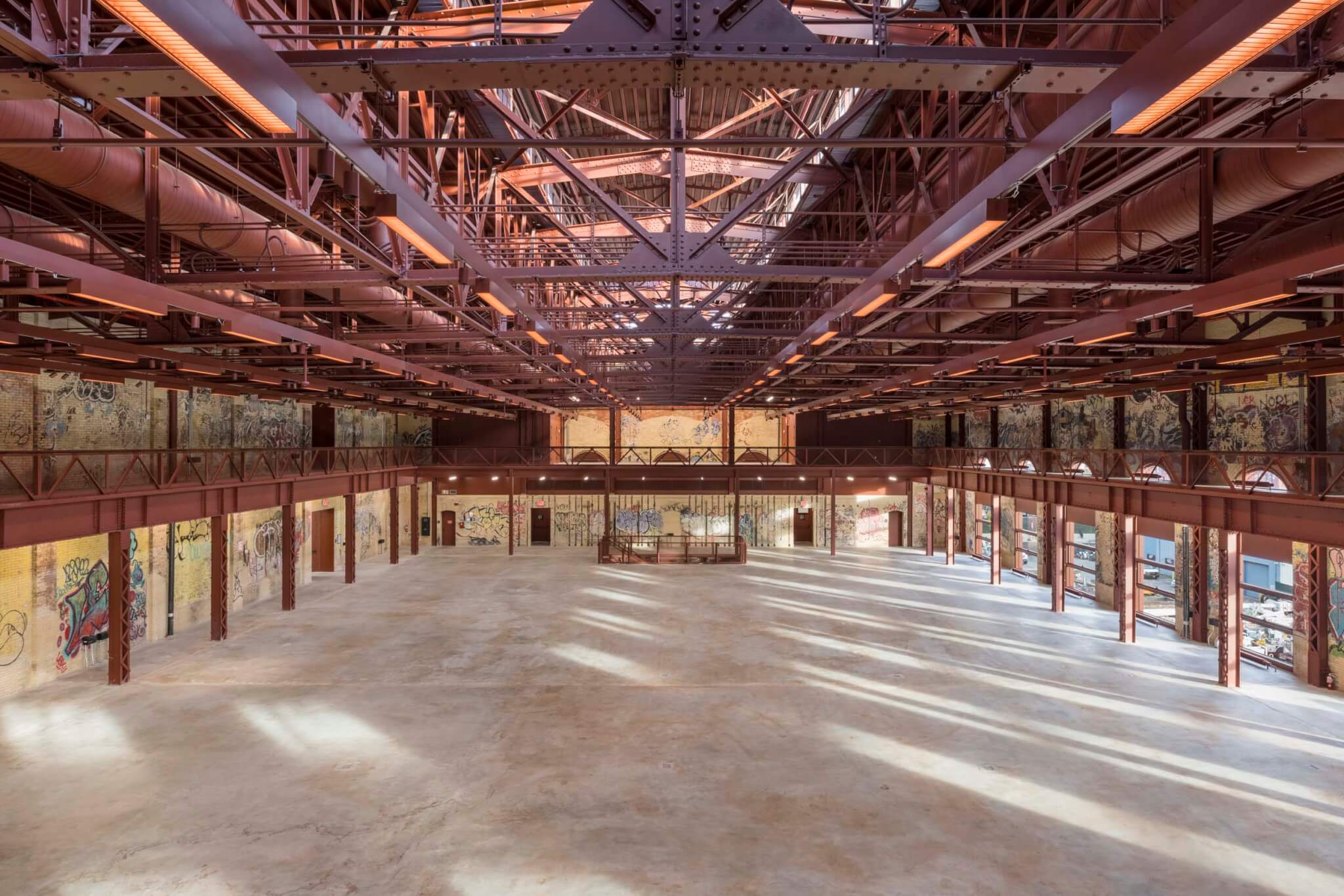
Joshua Rechnitz, a press-shunning philanthropist, picked up the $180 million tab for the renovation, which works out to about $1,000 for each of its 170,000 square feet. (Outside, there is a garden by New York–based Ken Smith Workshop.) Inevitably, there were staff and program changes during the project’s ten-year gestation. The current director, Eric Shiner, headed the Andy Warhol Museum in Pittsburgh from 2010 to 2016. On opening day, he compared Powerhouse Arts to Warhol’s first factory. That building, he said, “changed art history. We hope to do the same thing here.” What he meant was that artists working in the building have their own shot at greatness. Mergenthaler, a master of transforming without deforming, has given them a good head start.
Fred A. Bernstein is the winner of the 2023 award given by the American Academy of Arts and Letters to an American who explores ideas in architecture through any medium.











